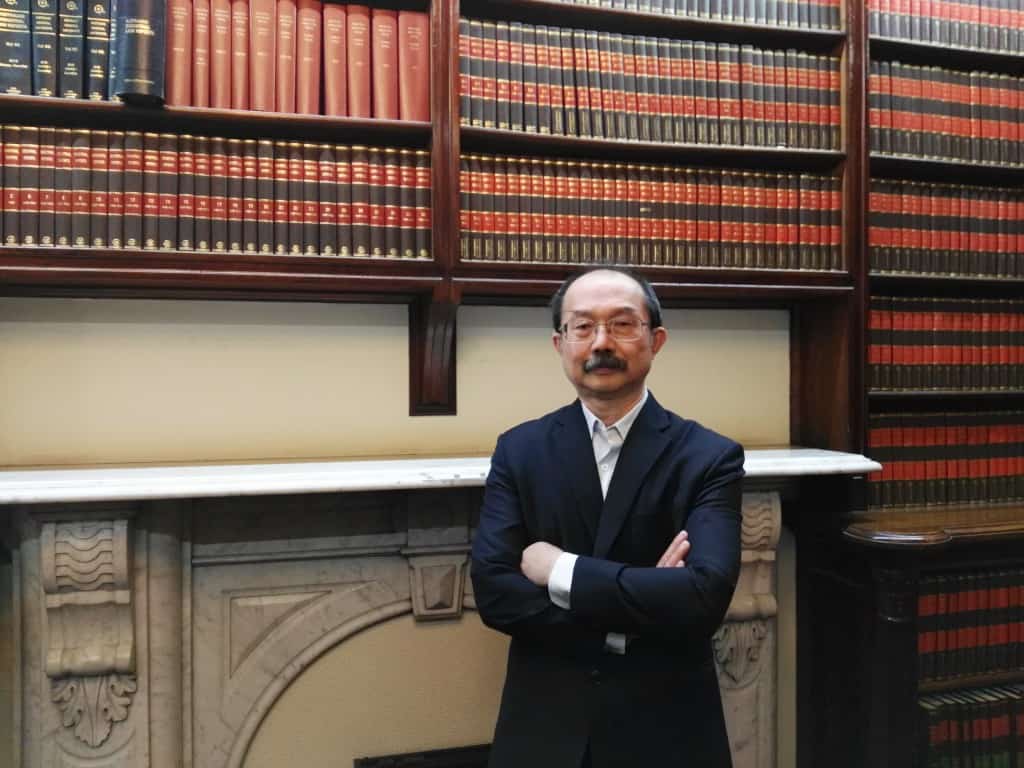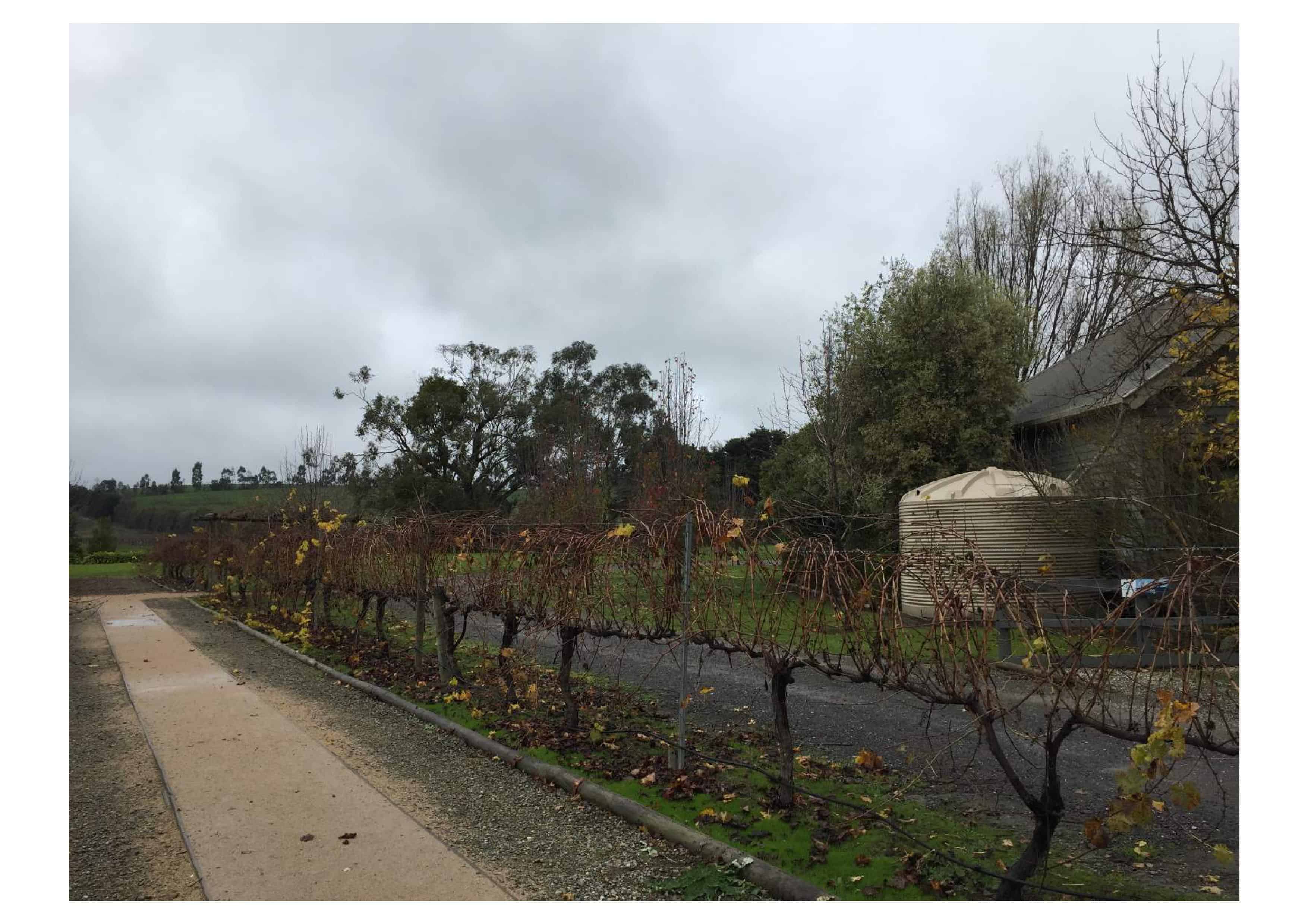
Section 501 character test does not apply to refugees who are owed protection obligations, according to BAL19 v Minister of Home Affairs [2019] FCA 2189.
The Minister had accepted that BAL19 fought for the LTTE for 10 years and has worn suicide belt given to him. The Minister further accepted that BAL19 is mentally ill and legally blind.
The Minister has accepted that BAL19 if released from immigration detention would be rehabilitated but there is a risk of him engaging in harmful behaviour in the community.
The Minister concluded that there is still a risk that BAL19 would represent a danger to the Australian community.
The Minister personally refused to grant BAL19 a TPV subclass 785 visa under s 501(1) – section 501 character test – even though the Minister accepted that Australia owed him non-refoulement obligations. The Minister was not satisfied that BAL19 passed the section 501 character test by virtue of s 501(6)(d)(v).
Because the Minister has personally refused, under s 198(2A) to grant BAL19 a visa, he is liable to be removed from Australia. However, BAL19 could not be returned to his home country as he would face a well-founded fear or persecution at the hands of the Sri Lankan Security Forces and paramilitary groups.
The Minister accepted that BAL19 will be subject to indefinite detention as he cannot return to his country and has no rights to enter any other country.
BAL19 appears to be in a Catch-22 situation because the Minister finds that he failed section 501 character test, hence unable to grant him another visa, eg, bridging visa under s 195A nor exercise his non-compellable power under s 48B to allow him to apply for another protection visa. Since BAL19 cannot be returned to his home country, he will be subject to indefinite detention.
Rares J in BAL19 said at [49] that the Minister has considered the possibility of the future grant of other visas amounted to him taking into account an irrelevant consideration or constructively failing to exercise his power on a correct understanding of the law. The Minister had, but failed, to address squarely in his reasons that the inevitable consequence of his assessment of risk, if he were to refuse to grant the TPV subclass 785 visa under s 501(1) – section 501 character test, was that BAL19 would have to be refouled (deported) as soon as reasonably practicable in accordance with ss 197C and 198 because there was no reasonable basis on which the grant of any other visa could occur having regard to that assessment of risk.
Rares J further said at [50] that the Minister had no reasonable available alternative to refoulement as soon as reasonably practicable, but to act in accordance with the requirements of ss 197C and 198. The Minister reasoning did not amount to an active intellectual process that engaged at all with the legal or practical consequence of refusing BAL19 the visa. BAL19 would be returned to his home country in breach of international obligations under s 36(1C).
In effect, the Minister had to take into account that the legal or practical consequence of a decision to refuse to grant the visa (because of section 501 character test) would inevitably result in refoulement.
The Minister had acted unreasonably and did not address the correct question, viz, what would happen to BAL19 (ie legal or practical consequence) if the visa were not granted because of the “unacceptable” risk – failing section 501 character test, that the Minister found and, he were returned to Sri Lanka where, the Minister also found, there is a real chance that BAL19 would be persecuted as a person who had been involved with the LTTE for 10 years.
Rares J also said at [63] that s 36(1C) applies only to protection visa and does not provide a discretionary power to the Minister. Section 36(1C) requires the Minister to have objectively reasonable grounds to consider that BAL19, first, has not been convicted of a particularly serious offence and, secondly, is not a danger to the Australian community. The onus of responsibility is on the Minister when applying s 36(1C). However, the section 501 character test under s 501(6)(d)(v) requires the applicant to satisfy the Minister if a negative state of affairs.
The criterion in s 36(1C)(b) required the existence of reasonable grounds for the Minister to consider that the person was actually (as opposed to the criterion in s 501(6)(d)(v) of there being a risk that he or she would represent) a danger to the Australian community. Reasonable grounds require the person to had been convicted of a particularly serious crime (at 64).
Section 36(1C)(b) provides, if the Minister does not have reasonable grounds that the applicant had been convicted of a particularly serious crime, the applicant if eligible to be granted a protection visa, regardless of the danger he or she may be to the Australian community. The intention is, subject to s 36(1B), (1C)(a) and (2), consistent with Art. 33(2) of the Refugee Convention not to expose the applicant to the real chance of persecution of which he or she had a well-founded fear.
Whereas s 501(6)(d)(v) provided that a person did not pass the section 501 character test if there were “a” risk that he or she would represent a danger to the, or a segment of the, Australian community. The existence of “a” risk that the person would represent a danger to the whole, or a segment of the, Australian community without any additional qualification of a past conviction or the existence of reasonable grounds to consider the existence of the risk.
This implies that the Minister can only act under s 36(1C)(b) if there is reasonable grounds (ie, convicted of a particularly serious crime) in considering whether the applicant is a danger to the Australian community (s 501(6)(d)(v)) for having failed the section 501 character test.
Section 36 does not provide an applicant for a protection visa who satisfied the criteria in s 36(1B), (1C) and (2) to be refused under s 501(1). This is because the criteria in s 36(1B) and (1C) would render Australia’s non-refoulement obligations no useful functions if s 501(1) or section 501 character test could be used to override protection visa application.
Rares J at [86] is of the opinion that PIC 4001 (character) is inconsistent with s 36(1C). PIC 4001 is broader than s 36(1C). Section 36(1C)(b) provides the criterion for the grant of a protection visa that specifies the circumstances and nature of, first, the convictions and, secondly, the danger to the Australian community that will disqualify a person from eligibility for the grant of a protection visa. The prescription of the criteria in PIC 4001, as mandatory for every applicant for a protection visa, is inconsistent with the nature of the discretions to refuse to grant or cancel a visa that s 501 conferred directly on the Minister.
Section 501(6)(d)(v) and PIC 4001 is inconsistent with the specific criteria for a protection visa in s 36(1C): at [87].
Section 36(1C) is a specific criterion applicable to an applicant for a protection visa and it precludes the Minister using s 501(1) or section 501 character test to refuse to grant a protection visa (at [88]).
In BAL19, cl. 785.226(a) is invalid in respect of its prescription of PIC 4001 as a criterion for a protection visa. In addition, the Minister has not yet assessed the national interest criterion in cl. 785.227, so there is at least a further step to perform before s 65(1) will operate to grant or refuse the visa.
The application for a protection visa must be assessed in accordance with the mandatory criteria in s 36 and cl. 785.227. The Minister cannot refuse to grant the visa under s 501(1) – section 501 character test or any other provision in Pt 9 of the Act. This is because the Minister has found BAL19 is a refugee having met the criteria in s 36 and is, subject to any relevant application of cl. 785.227, entitled to be granted a protection visa in accordance with s 65(1).
The decision in BAL19 has been overturned by the FCAFC in KDSP v Minister for Immigration, Citizenship, Migrant Services and Multicultural Affairs [2020] FCAFC 108 (click here to read more).
Australian migration law is complex and difficult to understand, contact our immigration lawyer for a consultation (fee applies) to help you under section 501 character test or click here to learn more about Australian visas.

 041 222 4020 or WeChat: AUDvisa
041 222 4020 or WeChat: AUDvisa
This article is not intended to be or taken as migration legal advice. The author of this article disclaims any liability for any action or omission on the information provided or not provided in this article. You should always consult an immigration lawyer or a registered migration agent to form an informed opinion on your immigration matter.



